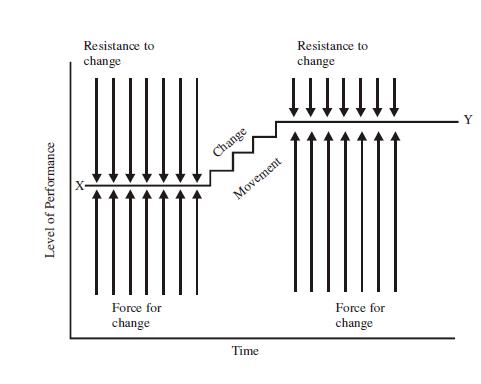Involvement and Participation in Organizational Change
Involvement and participation are perhaps the most powerful techniques management can use to gain acceptance of change. Commitment to carry out these decisions is intensified. Personal satisfaction derived from the job is increased. The extent of personal involvement can range from merely being informed, to discussing problems and voicing opinions and feelings to actually making and implementing decision. At the most superficial level, some participation occurs when one is designated to receive information either written via distribution lists or in face-to-face briefings. At a slightly more intensive level, participation can be gained through individual or group consultations. This process is no more than an extension of the face-to-face discussion. In the process of soliciting inputs, the managers carry this approach to step further. Those present are asked to make suggestions about how the change might be accomplished. Alternately a problem might be assigned to a group for analysis and recommendedContinue reading


